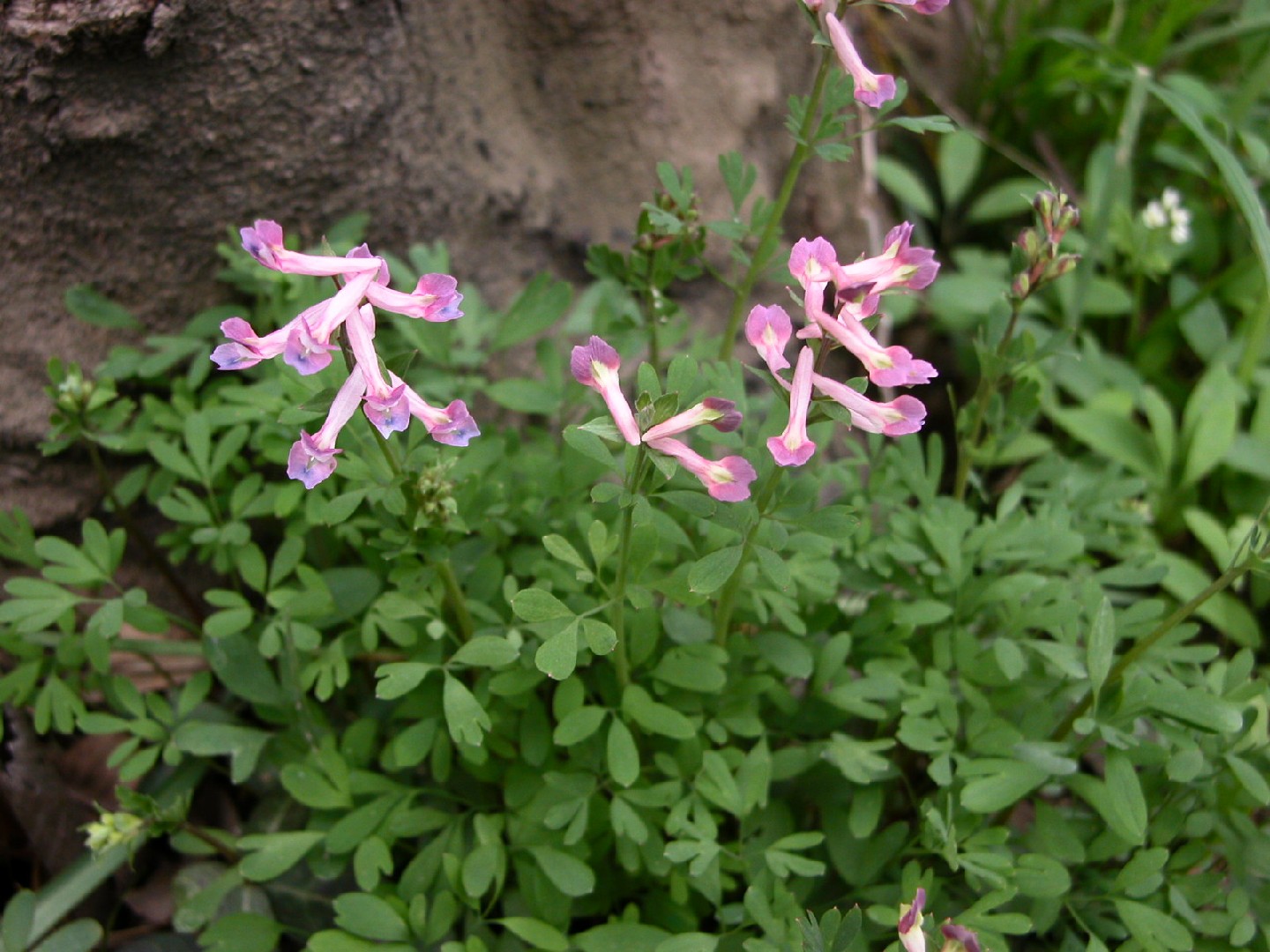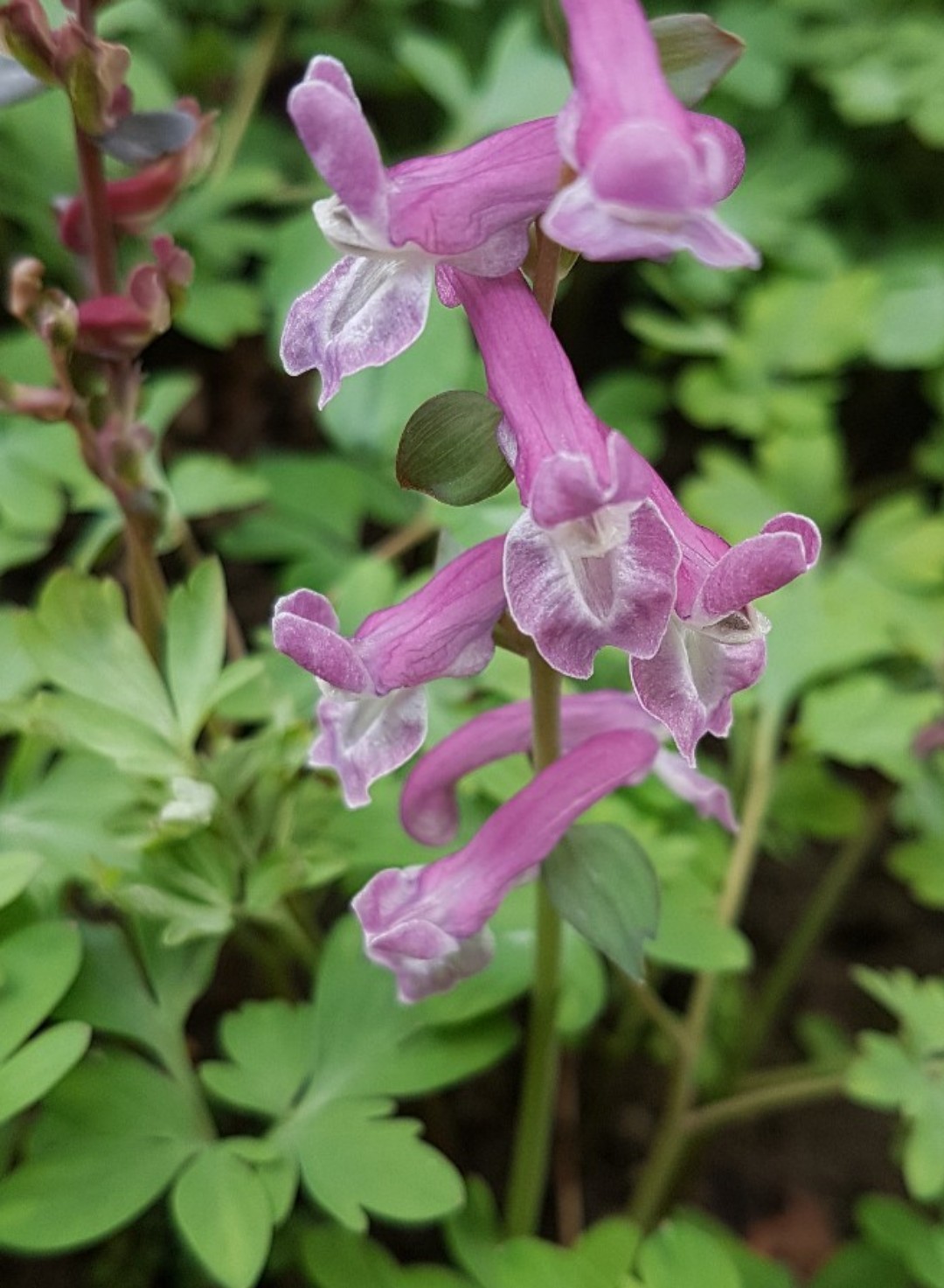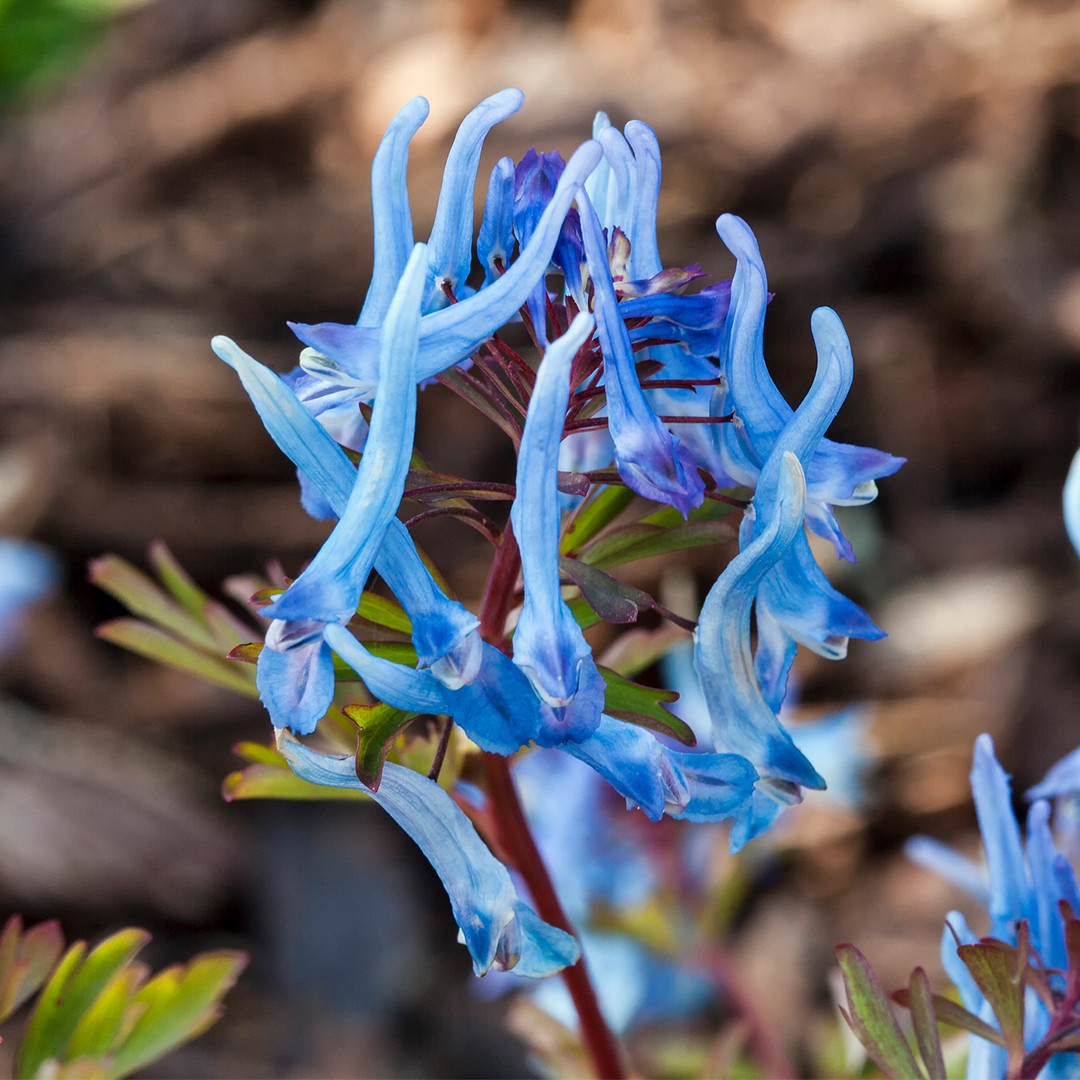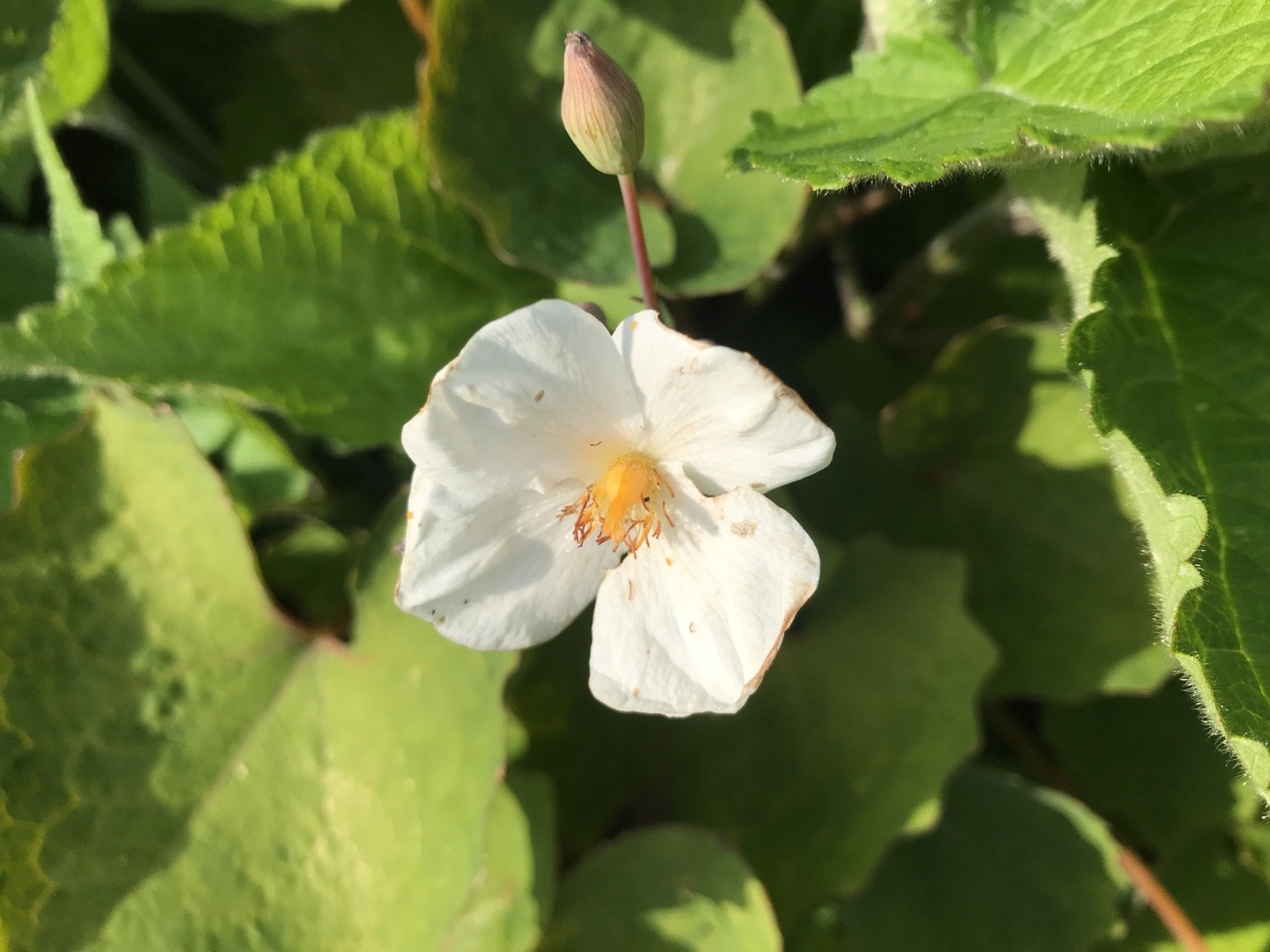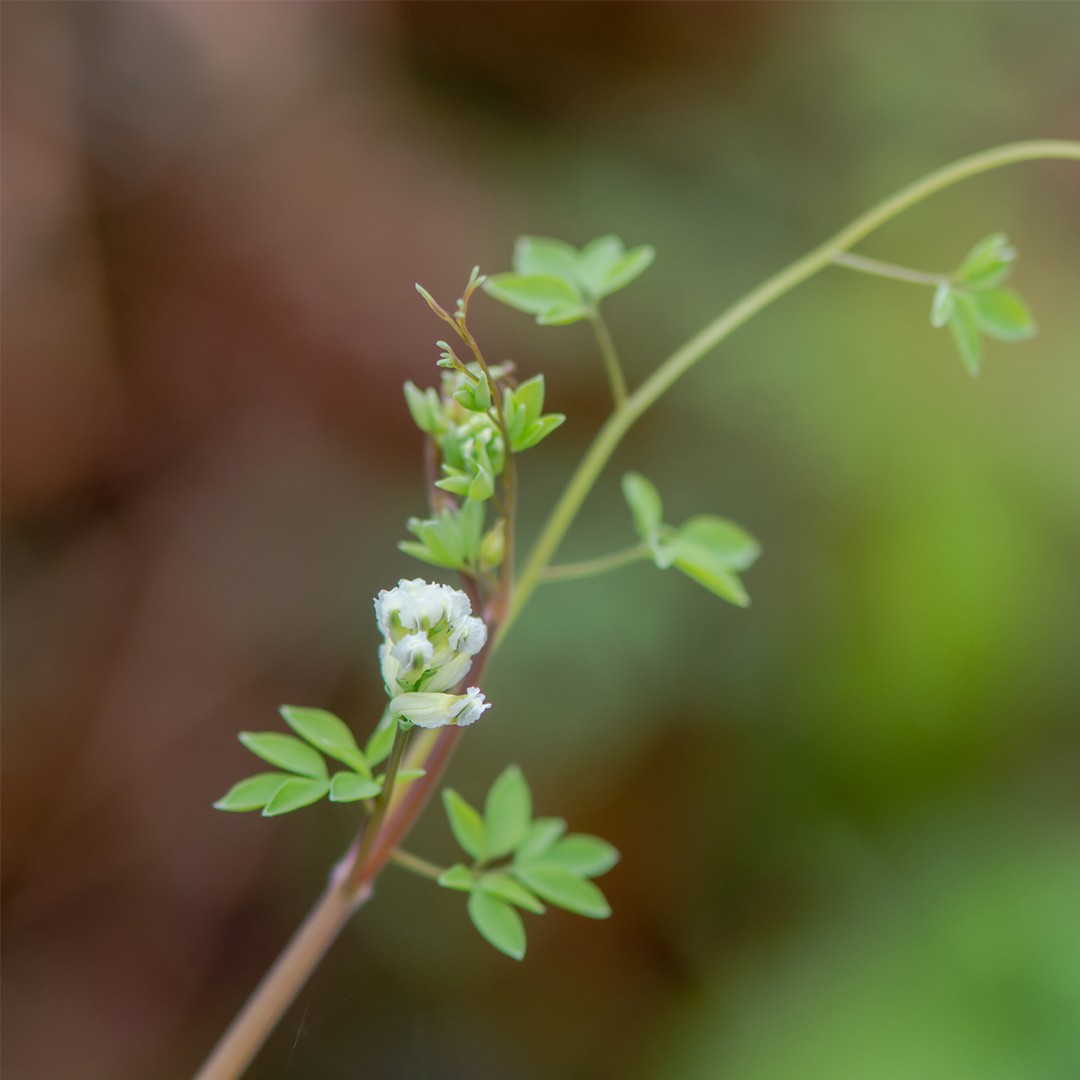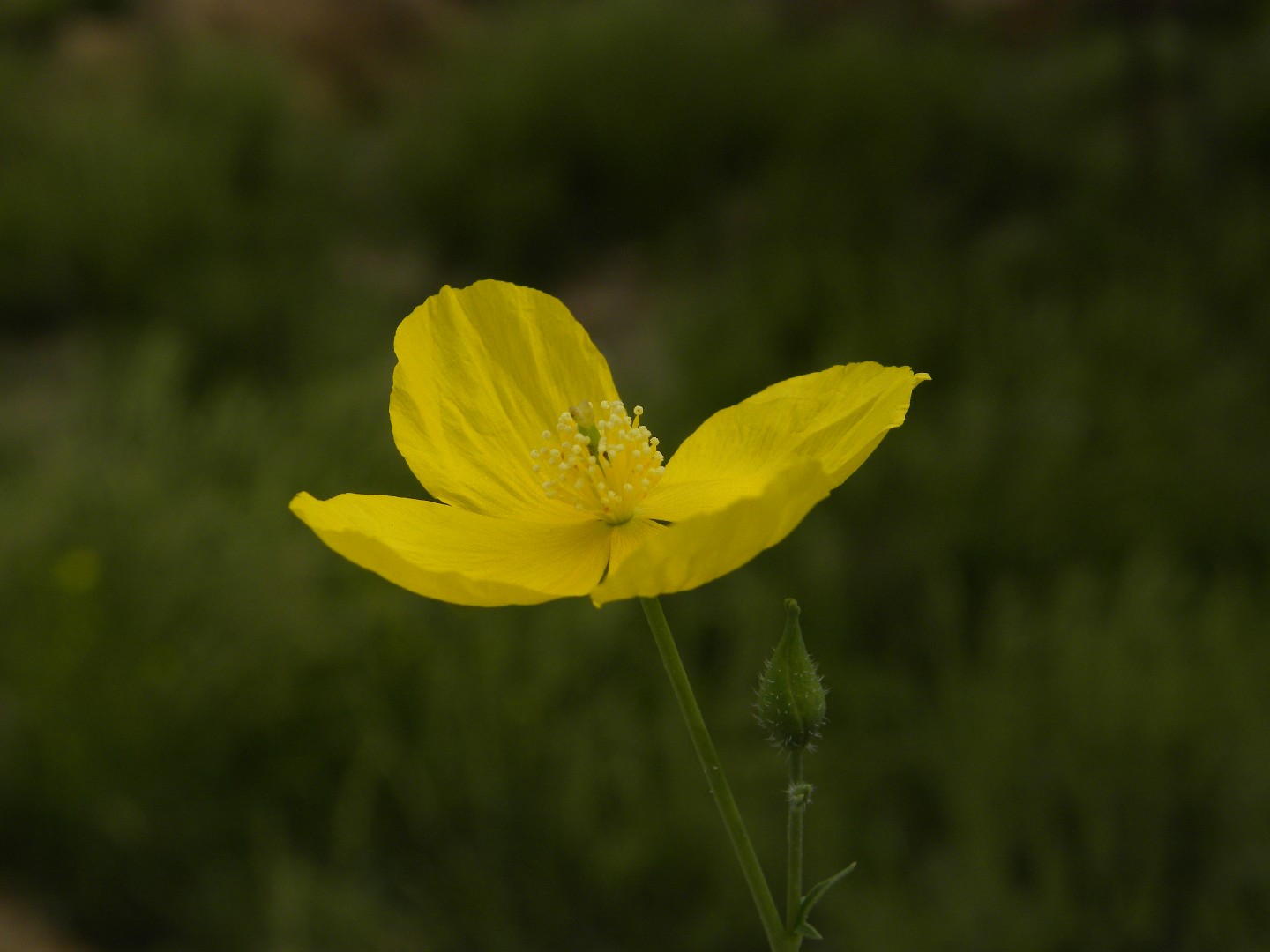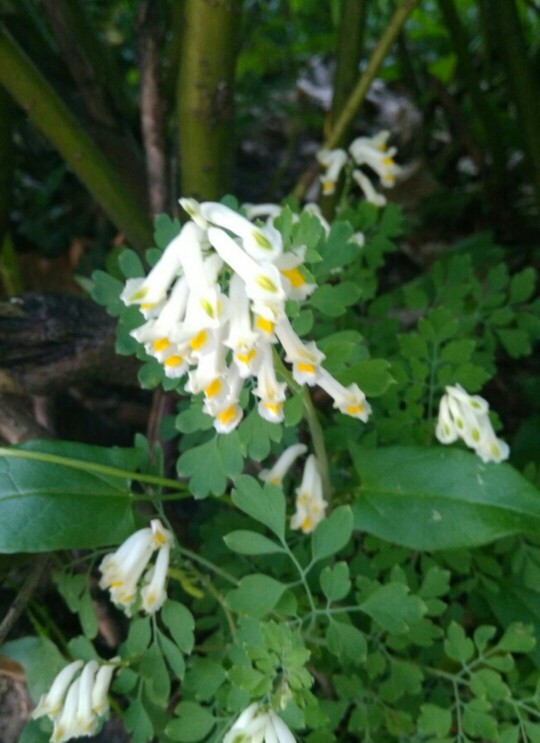![How to Propagate Fumeworts?]()
How to Propagate Fumeworts?
For fumeworts, primary propagation methods include seed sowing and division, the latter being ideal for mature plants. Key factors for success are well-draining soil, dappled light, and cool temperatures, mimicking fumeworts's natural woodland habitat. Germination requires cold stratification, a technique to overcome seed dormancy. Propagation is moderately difficult due to specific climate and soil requirements. To propagate, collect seeds post-flowering, stratify them, and sow in early spring. For division, separate tubers in autumn and plant immediately. Carefully maintain consistent moisture levels without waterlogging.



